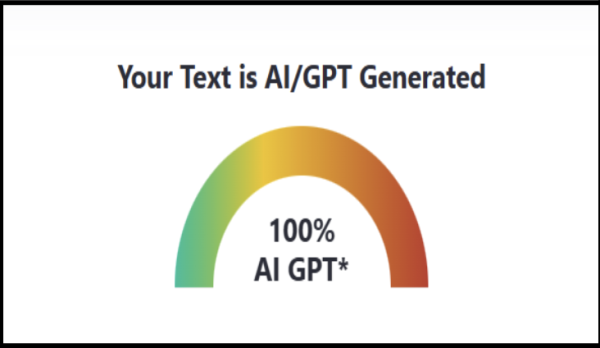Sell-by labels lead to food waste
In the United States, around 50 percent of all produce is thrown away and according to a Guardian report, $160 billion worth of produce is being wasted annually. One of the main causes of the mass amount of food waste is the confusing “sell by” date labels. Most Americans falsely believe that these labels indicate when food has gone bad, when they are actually meant to inform retailers how long an item should be left on display. Possible solutions to the food waste problem caused by these labels are standardizing date labels, informing the public on the actual use of “sell by” labels, and changing the wording of the labels so that the public is less confused.
Americans are confused by the way the “sell by” labels are worded. An abundance of people think that once an item has reached its labeled date, it has expired, which explains why so much food is wasted in the United States. Research by ReFED, a corporation dedicated to reducing food waste in the United States, has shown that these labels alone account for around $30 billion of the wasted produce. The “sell by” labels are used to give retailers an estimate on how long to display certain items for the best quality. Communicating this with consumers could save significant amounts of food from being wasted.
Another way to avoid food waste caused by labels is to simply change the wording. Many Americans are confused by the “sell by” date label, and assume that it must correlate to an item’s freshness. By changing the words and making it clear that the “sell by” date isn’t when a food item goes bad could help save so much food in America. A recent effort to standardize date labels in the United States is the Food Date Labeling Act. This act would change the terms to “expires on” and “best if used by” instead of “sell by”. By creating a standard label, less food will be wasted because more people will understand the labels and not throw away good food, as explained by many professionals in the industry.
“In the U.S., date labels are not safety labels … they are used to indicate quality,” said Roni Neff, a director at the Johns Hopkins Center for a Livable Future. “Most people think that the label is the expiration date because of its wording and placement on the item” said junior Emma Burke.
If Americans did not throw food out automatically because of the “sell by” labels, over eight million pounds of food could be saved. This could easily be accomplished by standardizing date labels, explaining the actual meaning to the public, or even changing the wording of the actual label. If action is taken, millions of produce will be saved annually.
Your donation will support the student journalists of Calabasas High School. Your contribution will allow us to purchase equipment and cover our annual website hosting costs.







